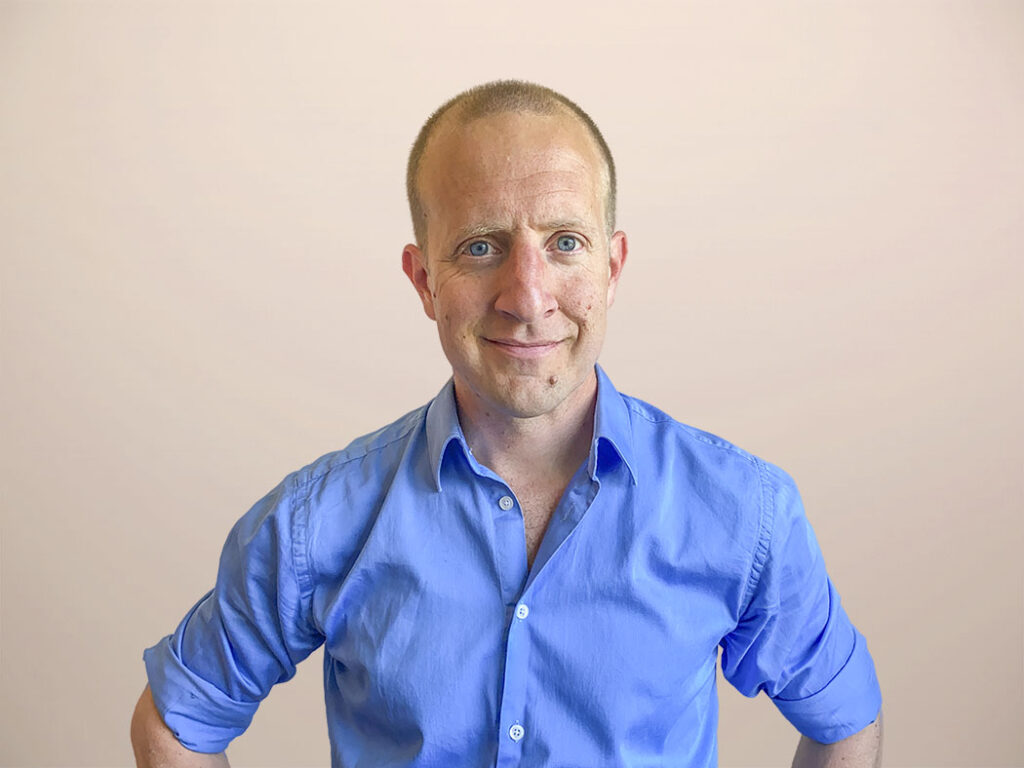The Rise Of Dial-Up, Dial-Down Advertising
Advertising as we’ve always known it, online or off, worked a bit like this:
> Promote more if it works (or less if not)” src=”https://go.forrester.com/wp-content/uploads/f/b/users/rskinner/visual_2.png” style=”width: 564px; height: 229px;” />
Here it’s a question of identifying content for promotion that’s already in the wild, on a blog, in a discussion forum, uploaded to YouTube, and then paying to drive more eyeballs to it, because it supports your brand, or it converts interested communities into customers.
It’s particularly attractive for two very good reasons:
- It’s already published, and has often already shown potential to create results for the business (in the form of awareness, leads or even sales), and
- You can often dial up the eyeballs that go to it, or dial them down, as you see fit, based on performance.
Those are two huge benefits on the more traditional approach to marketing, and there are more and more places to do this kind of thing. Paid social (think “Suggested Posts” on Facebook) is one. The content discovery tools like Outbrain, Taboola, nRelate, and Gravity are others. Native ad platforms like Nativo, Polar’s MediaVoice, Livefyre, and Disqus offer something very similar.
And some marketers, at brands large and small, are making hay with it.
An interesting example: eSalon lives between two giants, the big consumer brands that sell hair coloring in every grocery and drug store on one side and the armies of salon stylists on the other. Their proposition: The value and customization of salon coloring that you can do yourself at home. In order to get its message out efficiently, eSalon started developing its own content and promoting it via content discovery tools. Intriguingly, it also found a revealing online discussion amongst salon stylists complaining that the product’s success hurt their business. eSalon saw that as valuable testimonial, and promoted that content too.
A much bigger brand, Ford, did the same thing when it launched a new car model. Inpowered helped the car brand find great independent reviews of the model, and then Ford paid to bring that content to the attention of prospective buyers.
This is a new kind of paid promotional activity, and one neither marketing organizations nor many media agencies are accustomed to managing. Ian Schafer, CEO of interactive agency Deep Focus, told me: “Many of the big agencies keep creative and media buying separate, which kills the agility you want to have in paid content promotion.”
My most recent report, “Drive Returns With Adaptive Content Promotion”, explores precisely these agility challenges, and how marketers can get past them.
This is advertising, but not as we know it.
